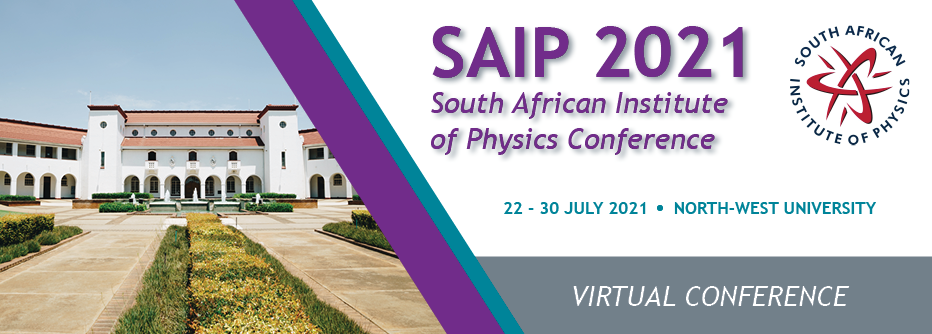Speaker
Description
Any image of a point source in a diffraction-limited system will result in a blurred pattern, the point spread function (PSF). In the case of fluorescence microscopy, incoherent imaging modality can be described by a convolution of the object with the PSF, a common approach to improve the image quality tries to undo this convolution. A successful deconvolution requires a good model of the PSF [1,2]. A practical way to obtain a PSF is by measuring it experimentally and averaging over images of multiple fluorescent beads with diameters far below the diffraction limit of the system, but the photon noise and small depth of field in the region of interest can limit its use [3]. Studies have been conducted for computing PSFs. Each technique has its own pros and cons. In this work, we present novel approaches for computing PSFs and we aim to validate the models experimentally.
Important parameters of the imaging system such as it satisfying the aplanatic condition and a possible refractive index mismatch are included in our theoretical PSF models. Aberrated PSFs with varying spherical aberration are measured by varying the refractive index of the embedding medium of the bead sample and/or the immersion medium. A high fidelity of a theoretical PSF model to represent the imaging system corresponds to the normalized cross-correlation (NCC) to the ground truth, which is the experimental PSF, being close to one. The accuracy of the PSF models are also tested by using them in image reconstruction. To this aim, we image a spherical sample object of diameter four times higher than the diffraction limit and retrieve the most accurate representation of the object by deconvolving the recorded image of the object with the theoretical aberrated PSFs and the experimental PSF. The accuracy of each PSF model is deduced from the NCC between the deconvolved image and the ground truth, which corresponds to our input sample object.
As a result, PSF models, which uses Fourier transform as a mathematical operator deviate significantly from the ground truth at higher depth if the window size of the image is too small. A combination of adjusted windows sizes and using the Chirp-Z transform prevents this large error but ads computational costs. This experimental validation and comparisons with respect to the precision and accuracy of each PSF technique under a given condition are discussed in depth in this presentation.
[1] Griffa A, Garin N, Sage D. Comparison of deconvolution software in 3D microscopy: a user point of view—part 1. GIT Imaging & Microscopy. 2010;12(ARTICLE):43-5.
[2] Griffa A, Garin N, Sage D. Comparison of deconvolution software: a user point of view—part 2. GIT Imaging & Microscopy. 2010;12(ARTICLE):41-3.
[3] Diaz Zamboni JE, Casco VH. Estimation Methods of the Point Spread Function Axial Position: A Comparative Computational Study. Journal of Imaging. 2017 Mar;3(1):7.
[4] Ghosh S, Preza C. Fluorescence microscopy point spread function model accounting for aberrations due to refractive index variability within a specimen. Journal of biomedical optics. 2015 Jul;20(7):075003.
Level for award;(Hons, MSc, PhD, N/A)?
PhD
Apply to be considered for a student ; award (Yes / No)?
Yes

